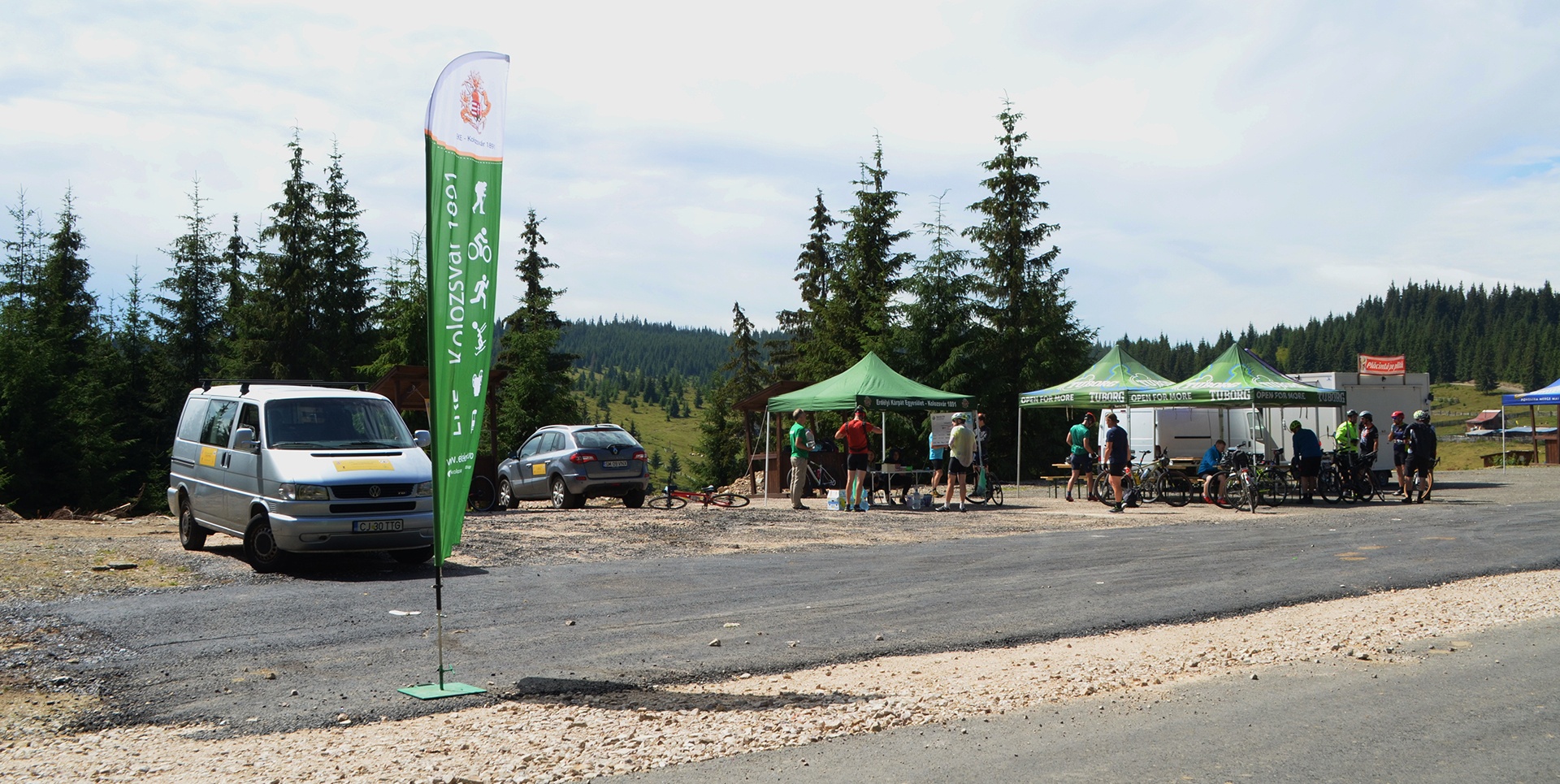EKE initiatives in the memory of Pál Vasvári
For decades, contradictory information circulated regarding the location of the Battle of Fântânele, the spot where Pál Vasvári was killed, and his final resting place. It was difficult to obtain accurate and credible information about the battle due to the political turmoil of the years following the revolution of 1848-49, as well as the remote location of the battle site.
“It should come as no surprise that due to the remoteness of the area, the quest to locate the site of the Battle of Fântânele of July 6, 1849, the exact spot where Pál Vasvári was killed, and the graves where he and his companions are buried, could only be accomplished through the means of tourism,” writes Tamás Tóthpál in his book Endurance Tours around Kolozsvár.
“In the early 1880s, István Kuszkó, as secretary of KAC (Kolozsvár Athletics Club), has already strived to lay the practical foundations of tourism in Transylvania. He specified the location of Vasvári’s death as a possible trip destination. In 1891 he established the National Museum of 1848-49 Relics of Kolozsvár, and in 1892 he launched the official periodical of the museum and of the 1848 Veterans’ Association, the 1848-49 Történeti Lapok (Historical Papers of 1848-49). This allowed for effective support and wider propagation of the memory of Pál Vasvári. With the establishment of the Transylvanian Carpathia Society (EKE) in 1891, the concrete foundations were created that made possible the search for the yet unknown location of Vasvári’s grave. The EKE organized its first Vasvári expedition on the initiative of István Kuszkó, on July 16-17, 1892.”
About 100 participants gathered for the trip. Most of them were EKE members who were already well-trained mountaineers.
The group located Vasvári’s unmarked grave in a place called “La grinzi,” a half-hour from the Fântânele hill, by the Beliș road.
“The participants […] showed their respect by placing a rock on the grave, and soon there was a small mound to show for their work. The excursion thus turned into a spontaneous patriotic celebration that captivated the nation.”
“After the July 17 excursion, the Vasvári gravesite became a place of pilgrimage. Shortly afterwards many more tourists visited this previously little-known part of the Gilău Mountains.”
On August 6 a cross was erected at the mound of rocks, with the writing facing the road. The cross was made of oak, and was approximately 5 meters tall with a 2-meter horizontal bar.
“The inscription said:
HERE FELL
PÁL VASVÁRI
JULY 13, 1849
Under the inscription two intersecting swords were visible.”
From July 10, 1893, they named the mountains surrounding the Fântânele plateau the Vasvári Mountains.
“The third official excursion was organized by the National Museum of 1848-49 Relics of Kolozsvár on the 50th anniversary of the battle, in 1899. The organizers prepared earnestly for the celebration to be held at Vasvári’s grave on Monday, July 10.”
Sámuel Szabó (president of the Kolozsvár veterans’ association) called for reconciliation in his speech at the presumed gravesite:
“Here among us are also our homeland’s sons who speak in foreign tongues, whose fathers once fought against Vasvári. Let them and all of the country hear… Vasvári was a martyr who died for the idea of freedom, his blood was shed by them, but also for them. The monument we wish to erect here at the site of his death, for him and his 300 fighters, must stand as a symbol of the love and gratitude each of us has, as a witness to and token of everlasting reconciliation!”Source: Tamás Tóthpál: Endurance Tours around Kolozsvár (Művelődés Kiadó, 2015)


